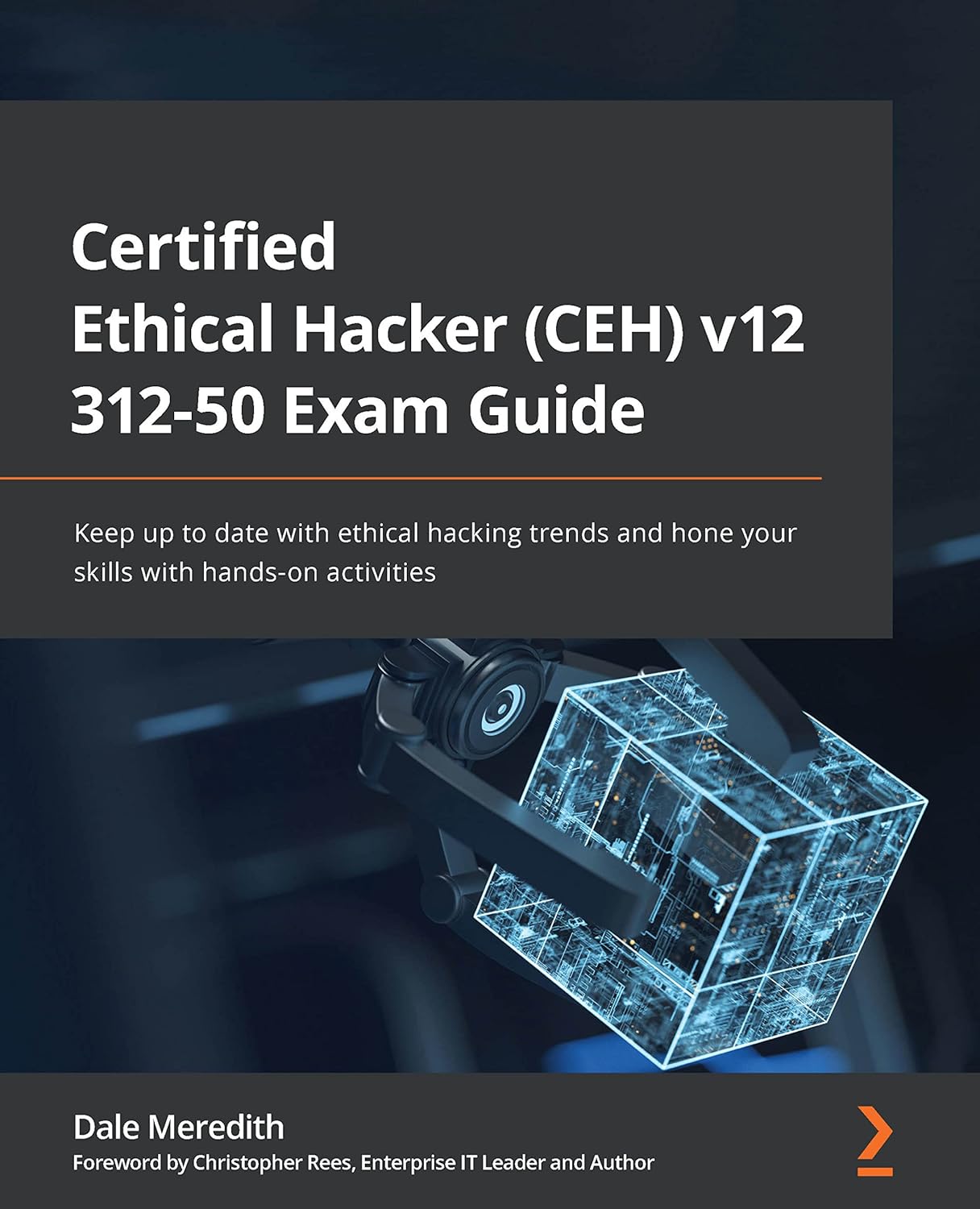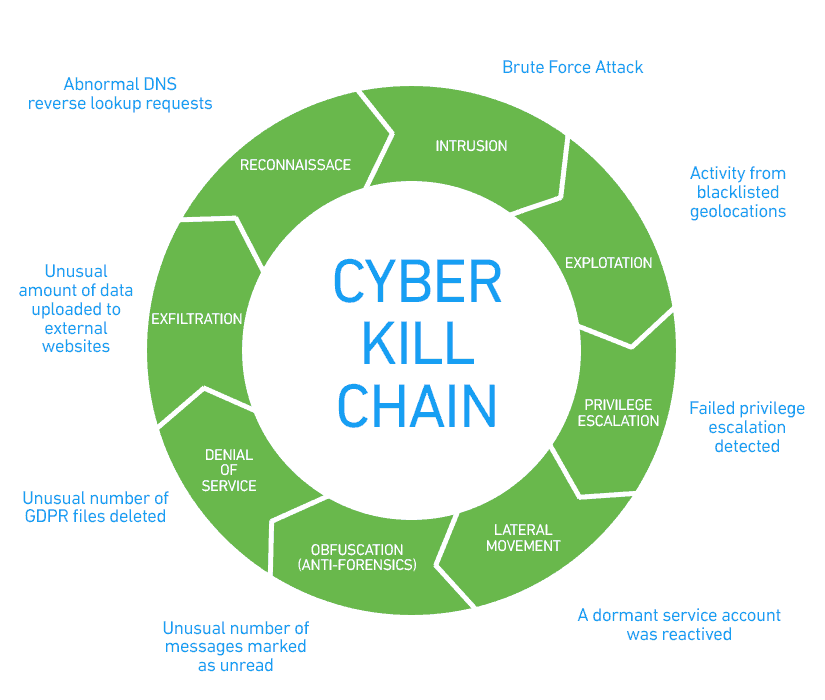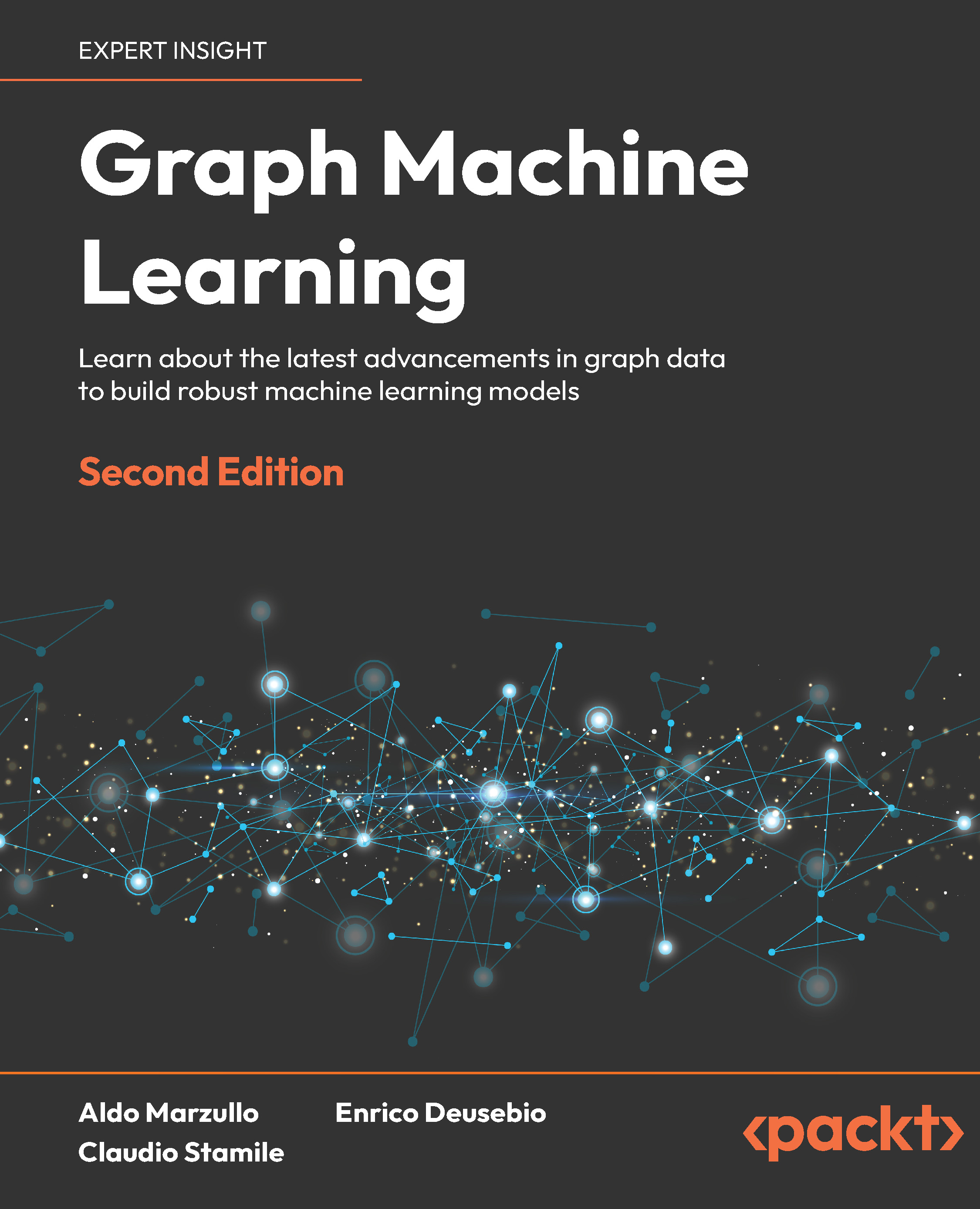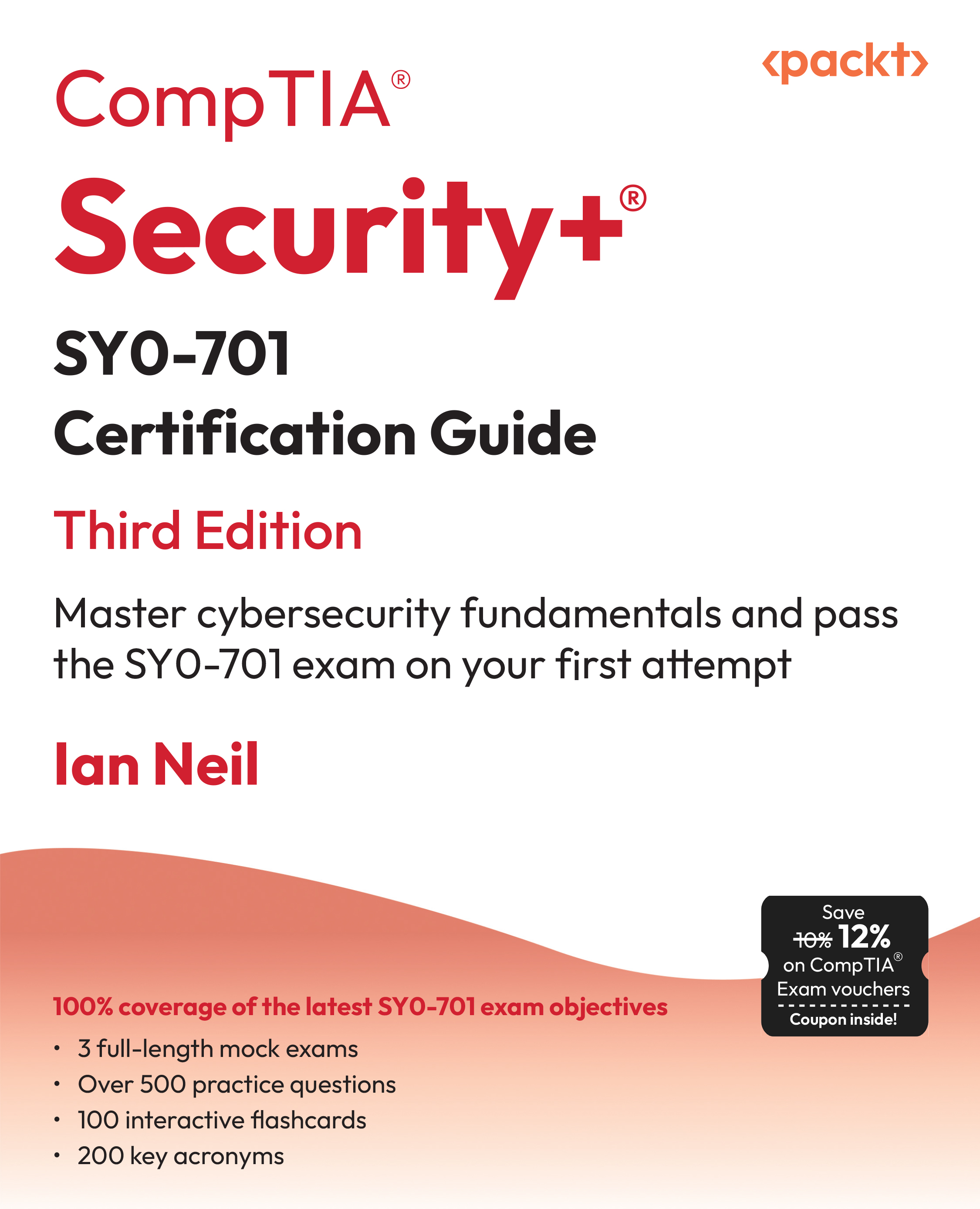Cybersecurity has always been a race between hackers and defenders. With AI in the mix, that race just got a whole lot faster.
Today's hackers are using artificial intelligence to speed up their attacks, identify new vulnerabilities, and automate decision-making. That means defenders have to be just as smart—if not smarter. In CEH v13, AI is no longer a side note. It's now a core part of the modern ethical hacker's toolkit.
In the new edition of theCertified Ethical Hacker (CEH) v13: Exam 312-50 Guide, we've added entire sections in each chapter on AI-assisted hacking. You'll learn how hackers are training AI models to spot weak configurations, build deepfakes for social engineering, and evade detection tools. You'll also see how defenders can use AI to turn the tables—automating log analysis, simulating attacks, and identifying threats faster than ever before.
Here's just a glimpse of what's inside:
- How ShellGPT helps automate information gathering and vulnerability detection
- Real-world examples of AI being used in phishing, malware development, and evasion
Unlock access to the largest independent learning library in Tech for FREE!
Get unlimited access to 7500+ expert-authored eBooks and video courses covering every tech area you can think of.
Renews at £15.99/month. Cancel anytime
- What tools like Microsoft Security Copilot and other AI models are doing to reshape defensive security
This isn't just some guess about what might happen in the future; it's happening right now. The book helps you understand how to use these tools responsibly and ethically, all while staying within the CEH framework. Plus, it gets you ready for the CEH Exam.
 United States
United States
 Great Britain
Great Britain
 India
India
 Germany
Germany
 France
France
 Canada
Canada
 Russia
Russia
 Spain
Spain
 Brazil
Brazil
 Australia
Australia
 South Africa
South Africa
 Thailand
Thailand
 Ukraine
Ukraine
 Switzerland
Switzerland
 Slovakia
Slovakia
 Luxembourg
Luxembourg
 Hungary
Hungary
 Romania
Romania
 Denmark
Denmark
 Ireland
Ireland
 Estonia
Estonia
 Belgium
Belgium
 Italy
Italy
 Finland
Finland
 Cyprus
Cyprus
 Lithuania
Lithuania
 Latvia
Latvia
 Malta
Malta
 Netherlands
Netherlands
 Portugal
Portugal
 Slovenia
Slovenia
 Sweden
Sweden
 Argentina
Argentina
 Colombia
Colombia
 Ecuador
Ecuador
 Indonesia
Indonesia
 Mexico
Mexico
 New Zealand
New Zealand
 Norway
Norway
 South Korea
South Korea
 Taiwan
Taiwan
 Turkey
Turkey
 Czechia
Czechia
 Austria
Austria
 Greece
Greece
 Isle of Man
Isle of Man
 Bulgaria
Bulgaria
 Japan
Japan
 Philippines
Philippines
 Poland
Poland
 Singapore
Singapore
 Egypt
Egypt
 Chile
Chile
 Malaysia
Malaysia














